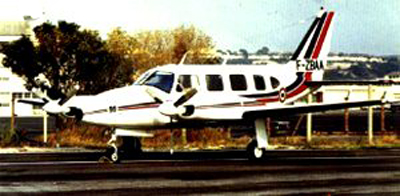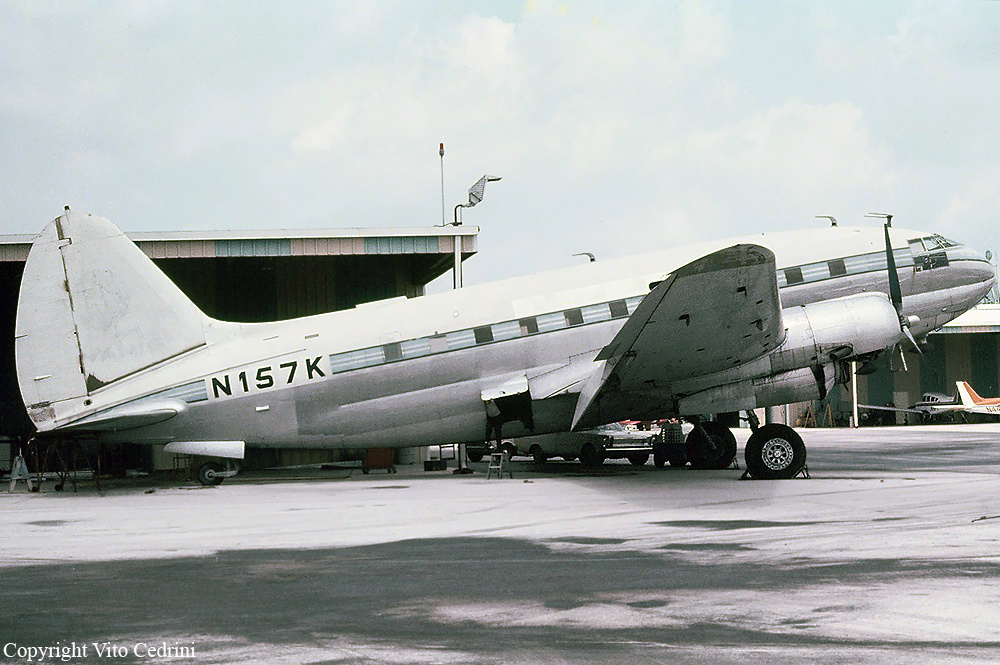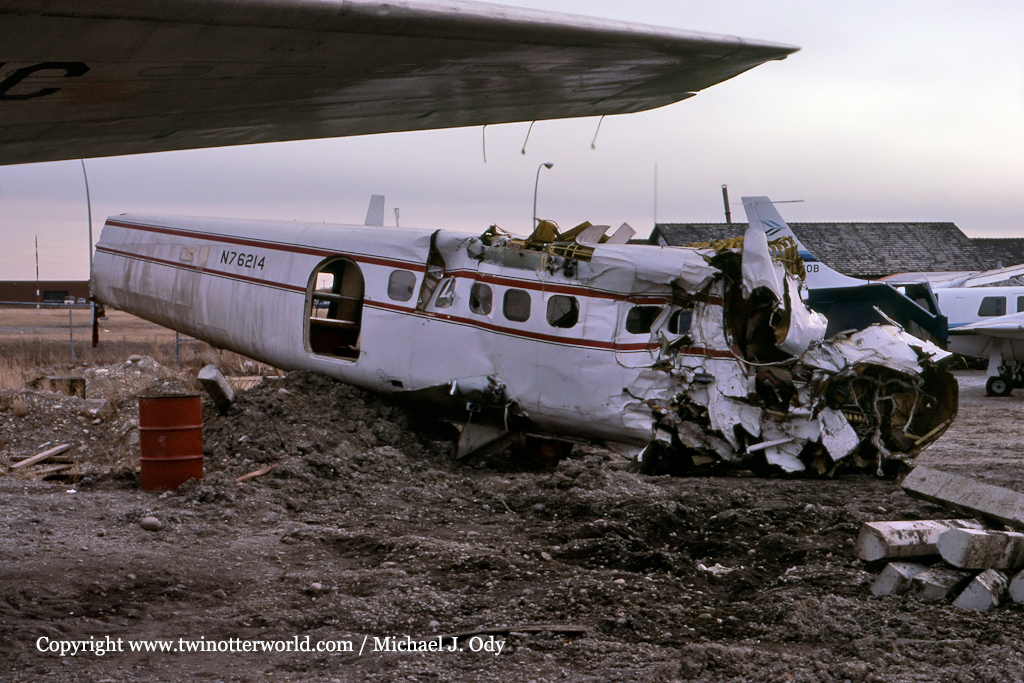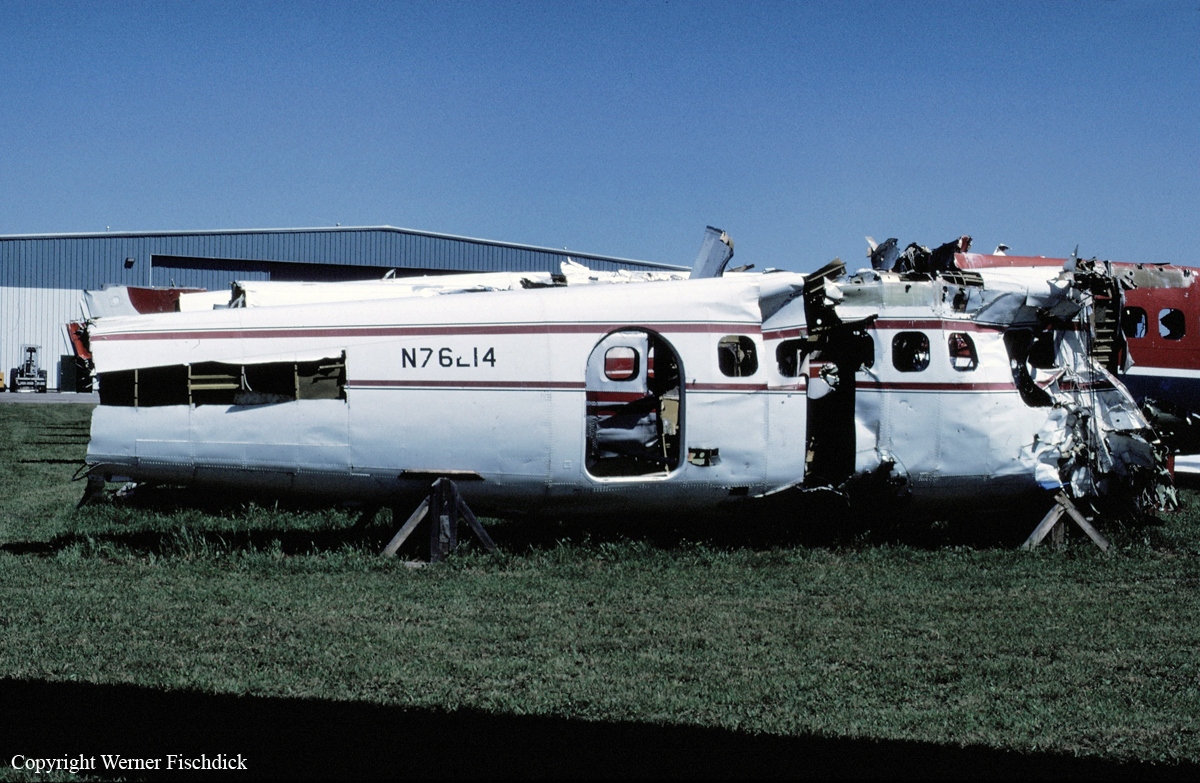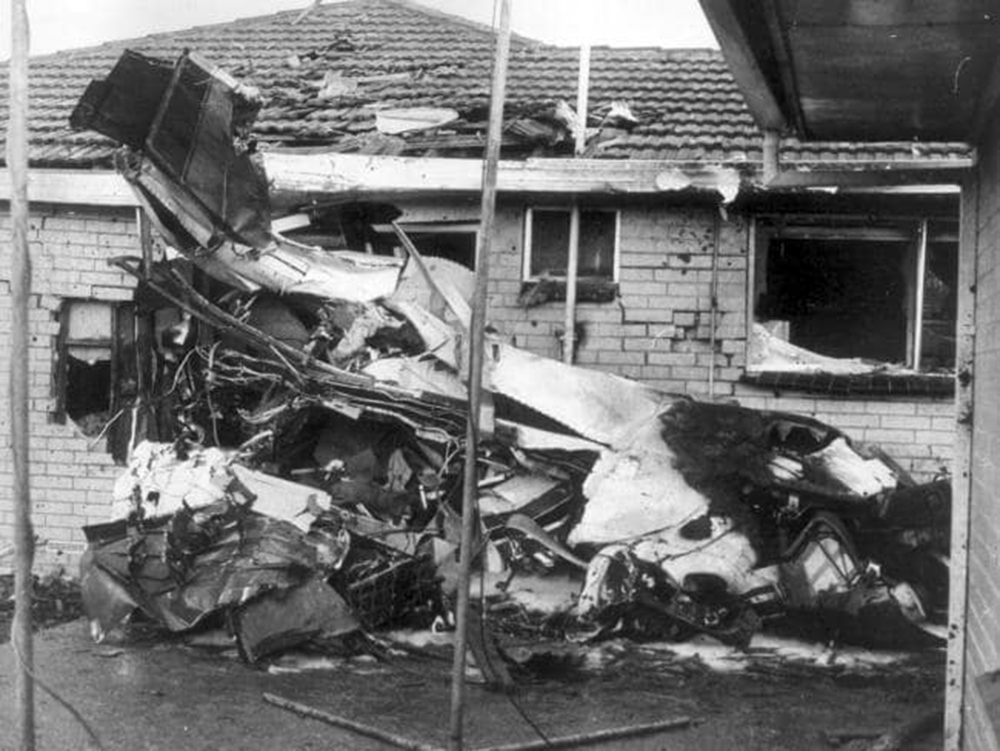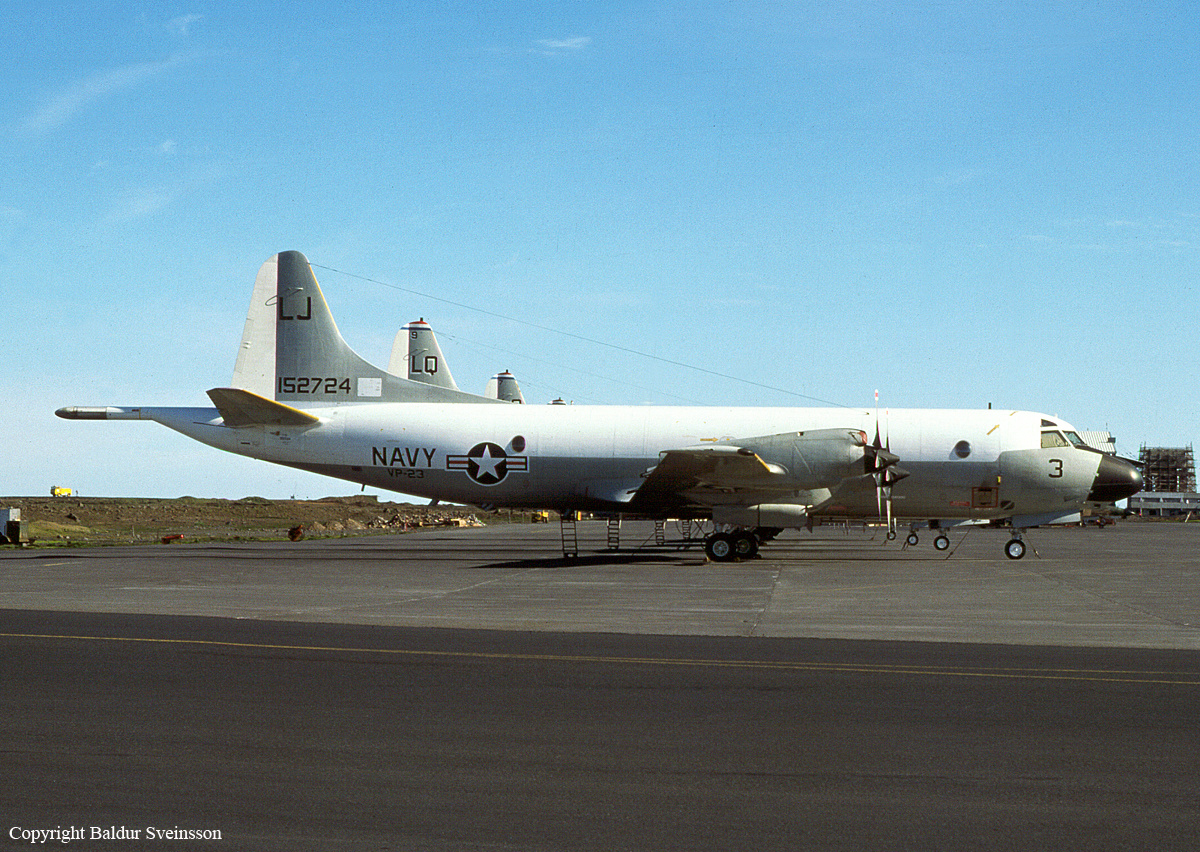Crash of a Grumman S2F-1 Tracker near South Weymouth NAS: 2 killed
Date & Time:
Aug 24, 1978
Registration:
133176
Survivors:
No
Schedule:
South Weymouth - South Weymouth
MSN:
147
YOM:
1957
Crew on board:
2
Crew fatalities:
Pax on board:
0
Pax fatalities:
Other fatalities:
Total fatalities:
2
Circumstances:
The crew was completing a local training mission at South Weymouth NAS. On approach, the left engine failed and was shut down. Then the right engine lost power and white smoke got out. The airplane lost height then crashed few miles from the airfield. Both crew members Cdr Bailey and Lcdr Marriott were killed.
Probable cause:
Engine failure for unknown reasons.




